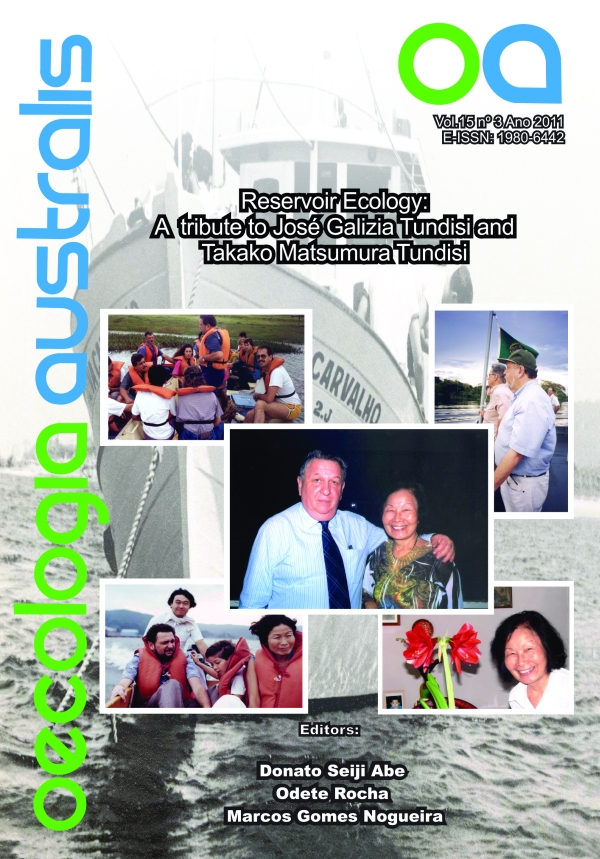RESERVOIRS OF GUANGDONG PROVINCE, SOUTH CHINA: AN INCREASING THREAT OF EUTROPHICATION
Keywords:
Reservoirs, water supply, eutrophicationAbstract
Man-made lakes are abundant in Guangdong province (South China) but are distributed irregularly. Since 1950s, about 6700 reservoirs (>106 m3) with total volume 39.8×109m3 have been built. The largest one, Xinfengjiang reservoir, contributes one third to the total volume. Half of the reservoir storage is situated in the Dongjiang river watershed in which the designed capacity is low, only 1.82×109 m3. In 1998, water demand in Guangdong was 44.7×109 m3, with one third coming from reservoirs. In total, 75% of reservoir water supply was contributed by small (107 m3) and very small reservoirs, and 25% by large and medium reservoirs. An annual amount of 1.1×109 m3 is supplied to Hong Kong by one medium-sized reservoir (Shenzhen reservoir), and 8.31×106 m3 to Macau by four small reservoirs. In spite of the importance of reservoir water, the protection of this resource remained largely ignored prior to 2005. The deterioration of reservoir water quality stimulated the local government to initiate the first program for a systematic survey of the eutrophication of 20 typical and important reservoirs used for drinking water supply in 2000. The trophic state index (TSI, Carlson index) was calculated on the basis of TP, TN, SD and chlorophyll-a concentration. The index showed that most reservoirs were mesotrophic, tending towards eutrophy. Only few reservoirs (two) situated in the upstream zone were oligotrophic. Four reservoirs located near towns in the downstream zone were eutrophic. Compared with the data of a fishery survey in the 1980s, the trophic level over the past 20 years had significantly increased. After a first water bloom observed in Tangxi reservoir in 1997, the fact that Cyanobacteria bloomed in seven large reservoirs indicated a rapid deterioration of water quality. Besides the common domestic waster water and fertilizers lost from agricultures, fish production through fertilization and ice-fish introduction is another factor leading deterioration of water quality and eutrophication.


